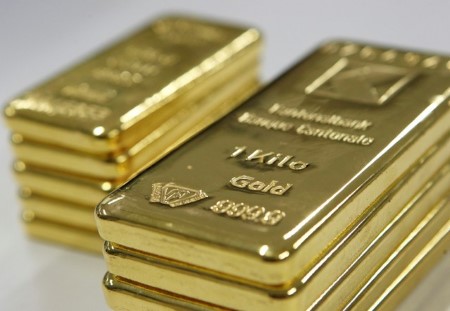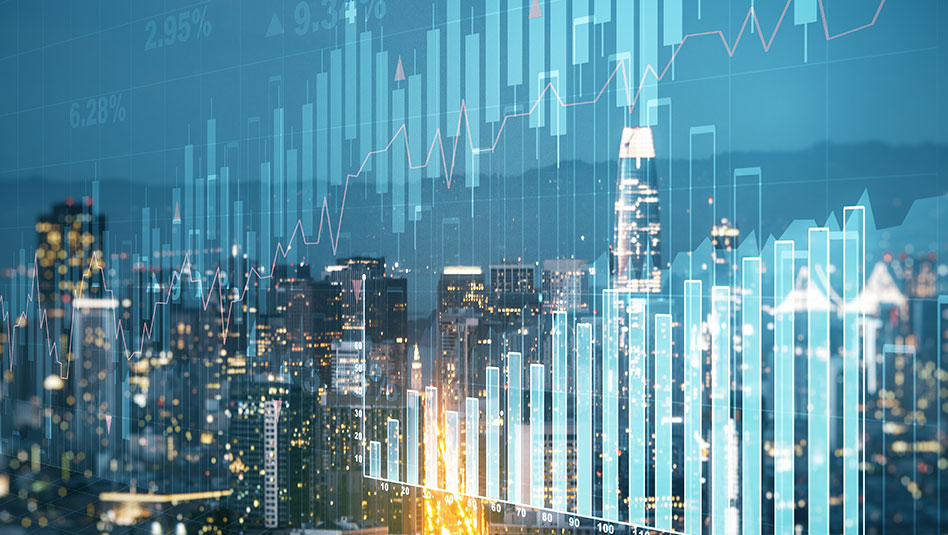Jan 31 (Reuters) – Safe-haven demand due to geopolitical uncertainties and concerns over global economic growth amid US President Donald Trump’s tariff plans have hoisted gold prices to a record high, once again bringing the key USD 3,000 threshold onto investors’ radar.
Spot gold climbed to a record high of USD 2,798.40 a troy ounce on Thursday, starting 2025 with fresh vigor after logging its strongest annual performance since 2010 last year.
“There’s concerns that some of the (economic) growth may come down because of the policies and tariffs that the current administration is looking to implement,” said Phillip Streible, chief market strategist at Blue Line Futures.
“So when you’ve got higher inflation and lower growth, stagflation becomes the economic theme. Gold tends to work very well in that particular environment.”
Trump’s tariff plans are widely perceived as inflationary and with potential to trigger trade wars, driving up safe-haven demand for bullion as it is traditionally seen as a hedge against price pressures and geopolitical uncertainty.
“I can see (gold) trying to reach up to that USD 2,900 level at some point during the first quarter; after we breach that, we’ll set new levels,” said Bob Haberkorn, senior market strategist at RJO Futures.
“At some point this year, gold could ultimately trade north of USD 3,000.”
The US market
Amid concerns about the U.S. import tariff plans, the U.S. gold futures have been trading at a premium to the spot price for several months and widened the price spread again on Thursday.
In a sign of these concerns, 12.9 million troy ounces of gold were delivered to COMEX-approved warehouses GC-STX-COMEX since late November, raising stocks there by 73.5% to 30.4 million ounces, the highest since July 2022.
The deliveries came from London, Switzerland and other major gold-trading hubs.
The London Bullion Market Association said on Thursday that it was monitoring the situation and liaising with CME Group and US authorities.
London gold market stocks and liquidity remain strong with the average daily trade volume since the start of January is 47.1 million ounces, the association added.
Gold and the US rate expectations
Gold hit multiple record peaks last year, bolstered by the Federal Reserve’s rate-cutting cycle, safe-haven demand and robust central bank buying.
The Fed, in its January meeting kept benchmark interest rates unchanged as widely expected, after easing a full basis point in 2024. This marks the first pause since the start of its easing cycle in September.
The non-yielding bullion tends to thrive in a low-interest rate environment.
As to purchases by central banks, the People’s Bank of China has been a key driver of gold demand as it kept on adding bullion to its reserves over the past year despite the price growth – in what analysts see as the PBOC’s broader strategy to diversify the reserves.
Analysts suggest that continued purchases by China’s central bank could provide further support to gold prices in the coming months.
Editing by Lisa Shumaker)







 DOWNLOAD
DOWNLOAD













